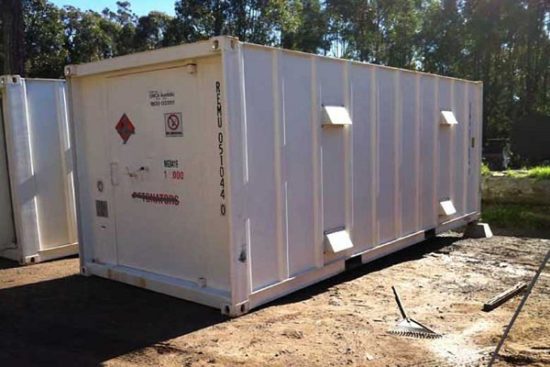No products in the cart.
- Course No E – 1385
- PDH Units 1.00
Course No E - 1385
PDH Units 1.00
- Course No E – 1385
- PDH Units 1.00
Course No E - 1385
PDH Units 1.00
Intended Audience: civil & connstruction engineers
PDH UNITS: 1
Proper storage prevents unauthorized access to explosive materials and reduces their deterioration. All explosive materials, including blasting agents, detonators, detonating cord, boosters, blasting caps, and electric and nonelectric detonators should be stored in magazines. The magazines should be properly designed and located to comply with all applicable federal, state and local laws, rules and regulations. This course introduces the basic concepts of safe storage of explosive materials and the importance of doing so to protect employees and the public. Employers and employees who store and handle explosives accept a great responsibility. The safety and lives of others can depend on how well they guard against the theft, loss or accidental detonation of explosive materials. Oversights, mistakes or lack of proper knowledge could lead to tragedy. Such tragedies can be avoided by building proper storage magazines and by following proper safety and security procedures. This guide introduces information on the safe and proper storage of different types and amounts of explosive materials. Several charts included in this guide can help the reader find information relating directly to specific situations. This course is based on the document “A Guide to Safe Storage of Explosive Materials” by the N.C. Department of Labor (NCDOL). The NCDOL document is based on OSHA standards for blasting (Subpart U) as amended by 13 NCAC 7F.0201(5) to include state-specific requirements. This guide is intended to be consistent with all existing OSHA standards; therefore, if any area is considered by the reader to be inconsistent with a standard (including but not limited to13 NCAC 7F.0201(5)), then the OSHA standard should be followed.
Learning Objectives
At the successful conclusion of this course, you’ll be able to identify and discuss:- Understand regulations governing storage of explosive materials
- Be able to recognize classes of explosive materials;
- Be familiar with types of magazines;
- Be able to recognize storage of classes of explosive materials;
- Understand construction of magazines;
- Be familiar with specifications for each type of magazine;
- Be familiar with specifications for bullet resistant construction;
- Understand uses of magazines; and
- Understand location of magazines.
Once completed, your order and certificate of completion will be available in your profile when you’re logged in to the site.








